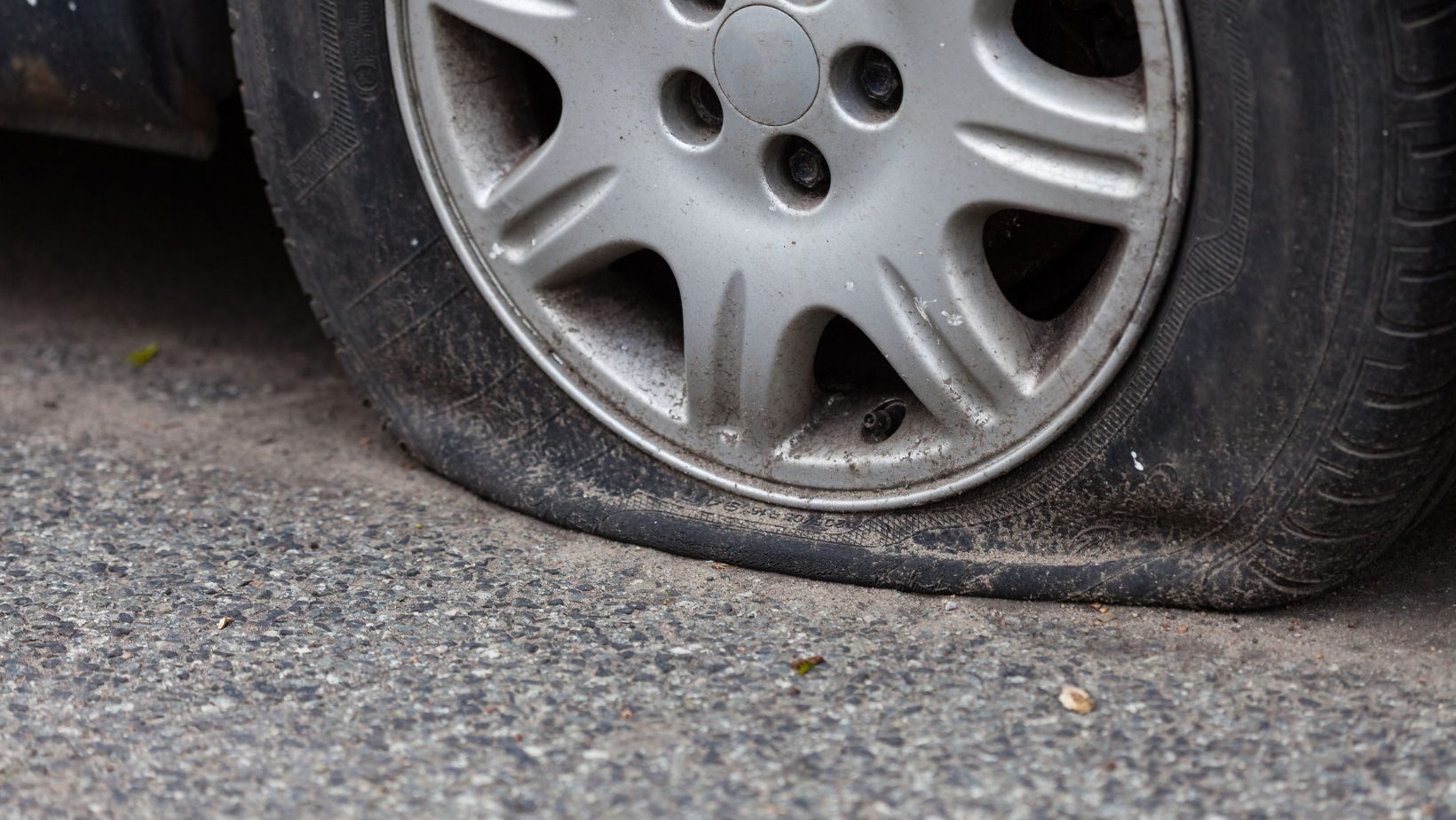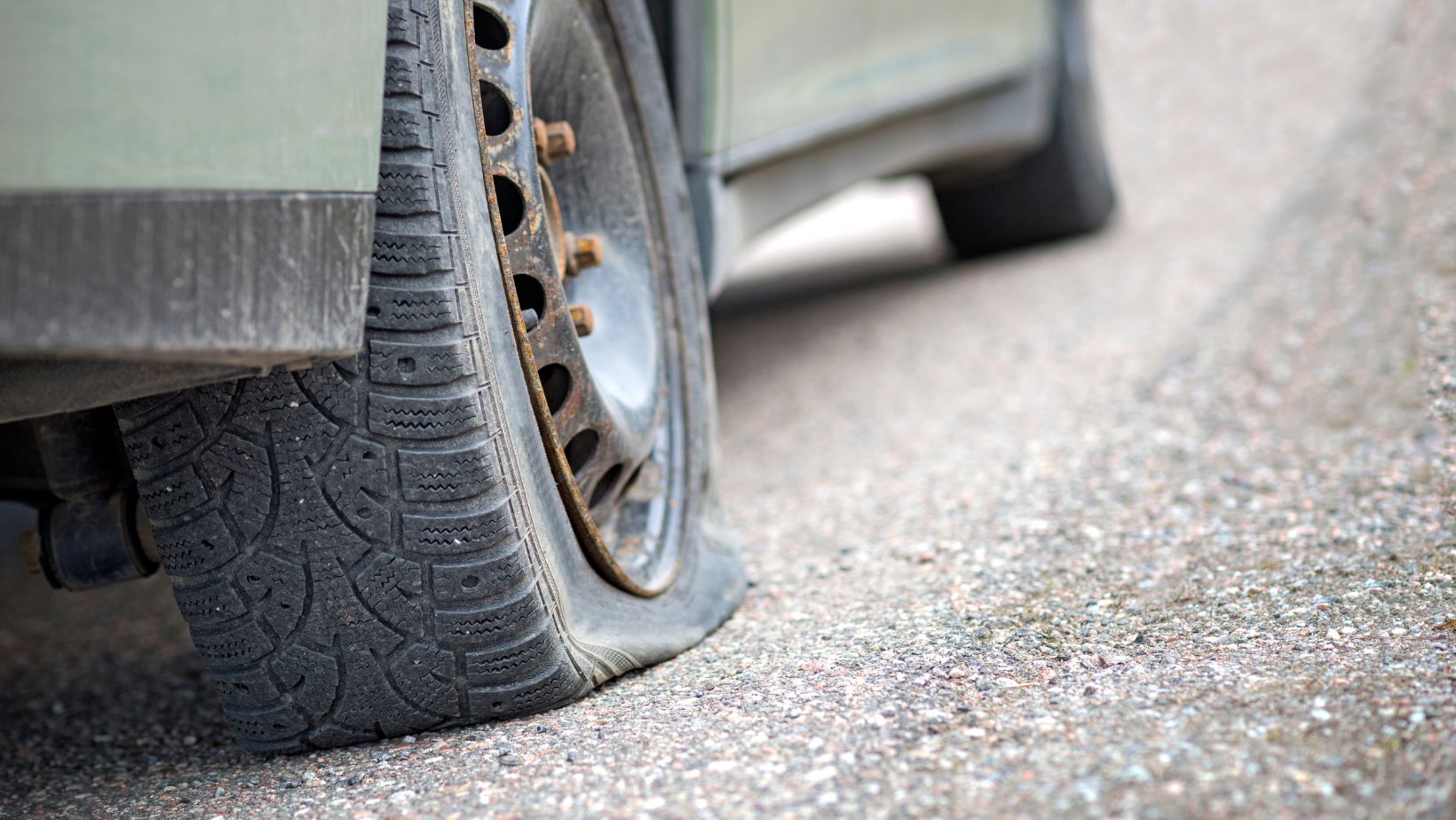Canadian roads and weather conditions make flat tires a frequent issue for drivers, whether you’re navigating busy city streets or remote rural highways. From sudden changes in temperature to rough road surfaces, vehicles are constantly exposed to elements that can weaken or damage tires. Rim and tire wear, in particular, is accelerated by Canada’s challenging environment. In winter, cold air causes tire pressure to drop, increasing the risk of blowouts. Potholes – especially after freeze-thaw cycles – can crack rims or puncture tires, while road debris like nails and glass often lead to slow leaks that go unnoticed until it’s too late. Additionally, road salt weakens rubber over time, making tires more prone to damage and early replacement. Investing in durable, season-appropriate tires is one of the best ways to reduce the risk of unexpected flats, keeping your journeys safer and less stressful year-round.
Essential Tools for Emergency Flat Tire Fixes
Being prepared for a flat tire can save time and stress, especially in harsh Canadian conditions. Every vehicle should carry a spare tire, jack, and lug wrench for a full tire change. For quick repairs, a tire sealant or plug kit can temporarily patch small punctures, allowing drivers to reach a service station. A portable air compressor helps reinflate a leaking tire, while wheel wedges and gloves improve safety during roadside fixes. In winter, keeping a flashlight, reflective vest, and traction aids is essential for visibility and stability in snow or ice.
How to Fix a Flat Tire on the Go: Step-by-Step Guide
Fixing a flat tire on the road requires caution and the right approach, especially in Canadian weather. First, pull over to a safe location, avoiding hills or curves, and turn on hazard lights.

If using a tire sealant, remove the valve cap, attach the nozzle, and inflate the tire before driving slowly to a repair shop. For a tire plug kit, locate the puncture, remove debris, insert the plug, and reinflate. When changing a tire, loosen the lug nuts before lifting the vehicle with a jack, swap in the spare, then tighten the lug nuts securely. Always check tire pressure before continuing your journey.
When to Repair vs. Replace a Flat Tire
Not all flat tires can be repaired – some require a full replacement. Small punctures in the tread (less than 6mm wide) can often be patched or plugged, but sidewall damage, large cuts, or blowouts mean the tire is unsafe to use. Temporary fixes like sealants or plug kits should only be used to drive to a repair shop. If your tire has visible cracks, bulges, or severe tread wear, replacing it is the safest option. You can conveniently buy tires online, eliminating the hassle of finding a ride to pick up a replacement. Many online retailers offer a wide range of options, including Kumho tires and more. Checking a tire’s age and condition is also important, as older tires may be more prone to failure.
Conclusion
Flat tires are an inevitable part of driving, but being prepared can make all the difference – especially in Canada’s unpredictable conditions.

From icy roads in winter to pothole-ridden streets in spring, knowing how to manage a flat tire is a practical skill every driver should have. Carrying the right emergency tools, like a jack, spare tire, sealant, and air compressor, can turn a stressful situation into a manageable one. Equally important is understanding when a tire can be safely repaired versus when it must be replaced, as this can directly impact your safety on the road. Taking the time to inspect your tires regularly, watch for signs of wear, and swap them out for seasonally appropriate options not only helps prevent flats but also improves your vehicle’s overall performance. With online tire shopping more accessible than ever, it’s easier to stay on top of maintenance and ensure you’re ready for whatever Canadian roads throw your way.



